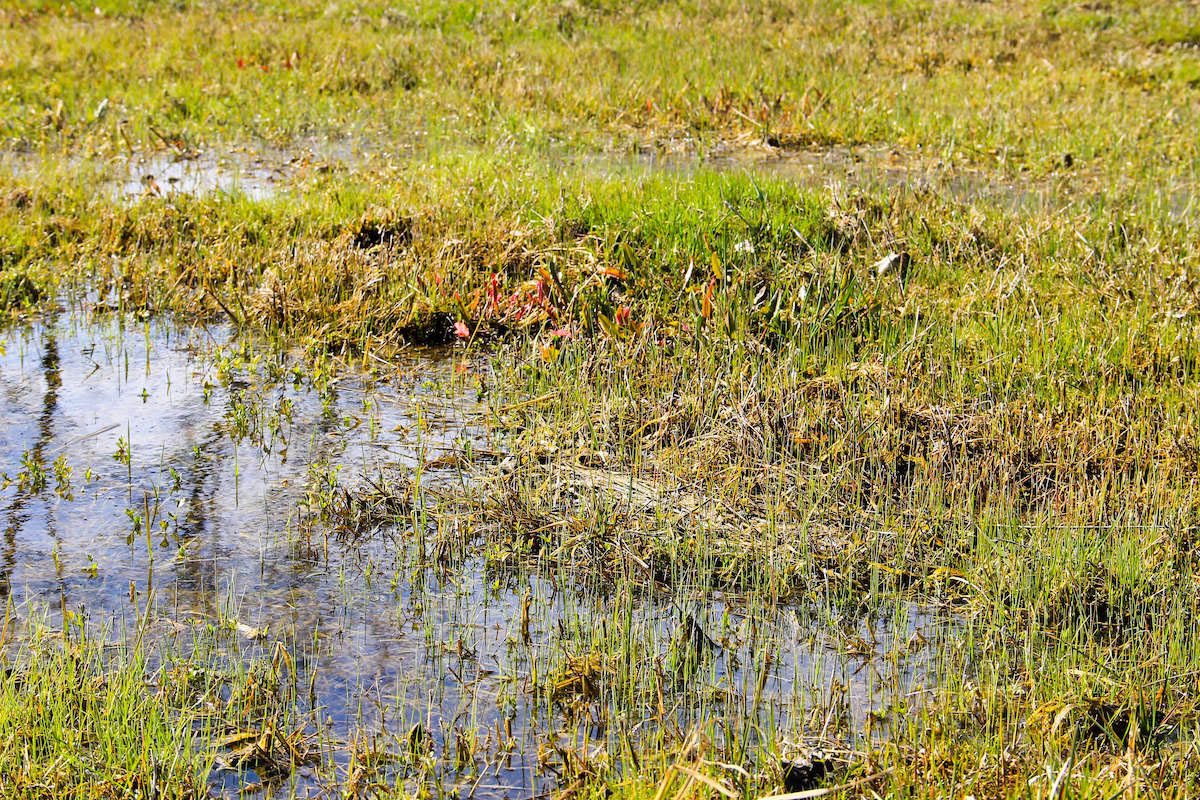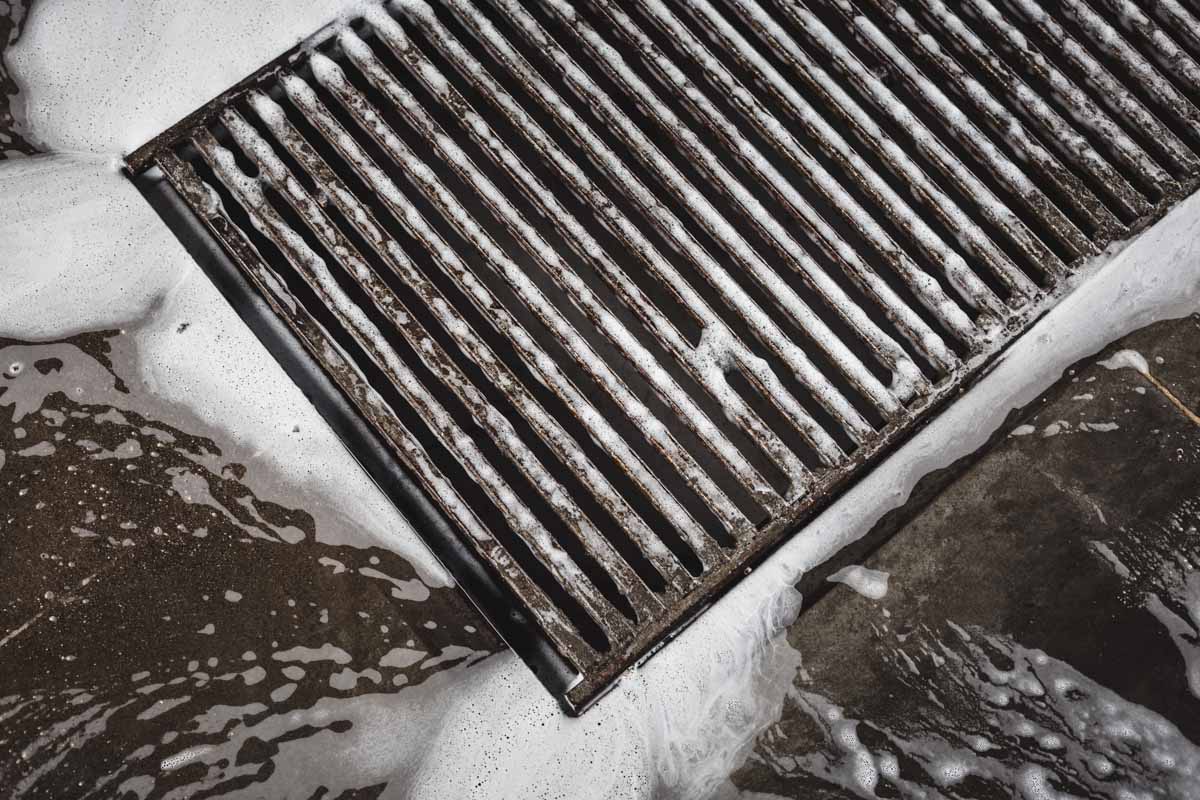6 Spring Cleaning Tips to Stay Pest Free
By Thorn Team • Mar 21st 2023
When the weather warms up, and spring begins to bloom, many of us feel the urge to do a little spring cleaning. Unfortunately, warm weather also brings many pests out of hiding, and they can be hard to keep away! That's why we've rounded up some simple, all-natural spring cleaning tips to help you keep your home pest-free this spring and beyond.

When the weather warms up, and spring begins to bloom, many of us feel the urge to do a little spring cleaning. Unfortunately, warm weather also brings many pests out of hiding, and they can be hard to keep away! That's why we've rounded up some simple, all-natural spring cleaning tips to help you keep your home pest-free this spring and beyond.
1. Inspect the Outside
Do a physical inspection of your property and look for signs of pests. Here are a few things to look out for:
- Small holes in the siding or stonework
- Droppings or stains on the walls or ceilings
- Trailing insects
- Chewed cables or wires
- Nesting materials in or around your home
- Wasp nests in your eaves
Remember to include windows, vents, screens, and doors in your inspection. Gaps around window and door frames, damage to door sweeps, holes in the attic, roof or crawlspace vents, and damaged window or door screens all provide access points for insects and spiders. Rodents may enlarge these holes to use them as well.
Clean up any messes and patch or seal any gaps or holes you find. If you're worried you have an infestation or need wasp nests removed, call Thorn. We're happy to help!
2. Clear the Perimeter
Clutter and dense vegetation around a home's foundation can encourage pests to seek shelter against the house. From there, even the most minor gaps and holes can be used by insects or chewed out by rodents.
Ideally, keep a path of 18-24 inches around the outside of your house to discourage pests from getting too close. Also, consider your roofline: tall shrubs or trees with long limbs can provide pests with the highways they need to climb to the roof easily. Trim trees and shrubs back from the roofline and siding to discourage pests.
3. Reduce Water Sources, Food Sources, and Breeding Sites
Pests like to stay near food and water sources, so you’ll want to reduce any sources wherever possible. This can include pet food or water, bird feeders, compost piles, garbage containers, and ponds or water fixtures. When removal is not an option, aim to keep potential food and water sources as far from the house as possible.
Standing water is a water source for pests and a breeding site for mosquitoes. Even the smallest amount of water can become overrun with tiny, wormy mosquito larvae. To keep mosquitoes away from your property, remove standing water whenever possible.

4. Vacuum Regularly
Traditionally, spring cleaning involves deep cleaning. So while you may vacuum regularly, this spring, make sure you vacuum in hard-to-reach places. Under beds, behind furniture, anywhere dust and hair have accumulated. Removing dust and hair can help prevent pest issues, and the vacuum can also remove pests like carpet beetles, fleas, moths, and their eggs and larvae.
5. Tidy the Kitchen and Clean Your Drains

Food mess is an open invitation for pests, especially in apartments where pests like roaches can move from unit to unit.
Keep kitchen counters clean and free of food debris, and make sure to do the dishes and clean the sink at least once daily. Speaking of sinks, the drains in your home (including your bathroom and laundry room drains) can become breeding sites for small flies like drain flies and fruit flies. Don’t forget to add “drain scrubbing” to your spring to-dos to keep the flies away!
6. Hire the Professionals
Whether you just want to be proactive with your spring pest control or you've tried everything and are still dealing with pest problems, call the professionals! At Thorn, we employ a seasonal approach to pest control that ensures we're tackling spring pests as they come up and preemptively battling summer pests, so they don't become an issue. Tackling year-round pest control is easier than you think, especially when you have Thorn in your corner. Call today!
About Thorn
Thorn is a Utah local pest management company. We are a QualityPro certified company which is a prestigious accreditation awarded to less than 3% of the pest management companies in the US.
Resources
About Thorn
Thorn is a Utah local pest management company. We are a QualityPro certified company which is a prestigious accreditation awarded to less than 3% of the pest management companies in the US.